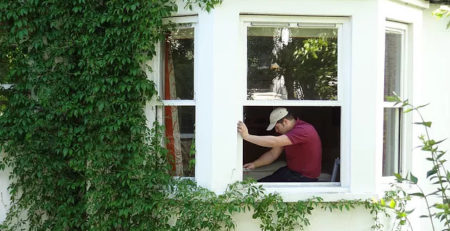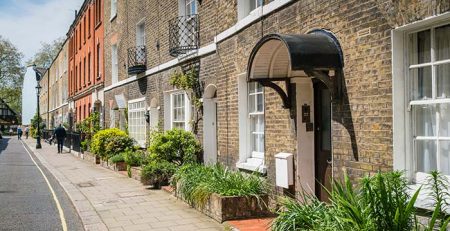London – a brief history Glass and Windows
A Brief Look At The History Of Glass Windows

The history of glass windows is actually more interesting and older than you may think it is. The production of glass has been occurring naturally for millions of years but it is the discovery of manufactured glass that leads us on this exciting journey. The first instance of glass being made by mankind can be credited to the Mesopotamian who manufactured their own glass as early as 3500 B. C. The people of Mesopotamia used this man-made glass for simple uses, such as decorating pots or other vessels.
The actual fist use of man-made glass for the purpose of windows seems to have occurred with the Romans in the 1st century A. D. Excavations have revealed glass windows were present at this time and the Romans were known to use glass for decorative purposes, such as mosaic tiles. The rise of the glass window at this time seems to coincide with the introduction of churches and places to worship various deities. Much of the fragments of window glass found from the time of the Romans is coloured, suggesting that they were stained-glass windows from such places of worship.
The manufacture of glass for windows did not really escalate until the 13th century. The Germans had managed to manufacture sheet glass as early as the 11th century, a process that was to be perfected by the Venetians in the 13th century.
The French were responsible for creating Crown glass (hand blown glass that was flattened) and blown plate glass (hand blown glass that was grind-ed and polished) in the 14th century. Not keen on sharing their secrets, it was not until the 17th century that other countries in the world learned these techniques.
Crown glass and blown plate glass became the two most popular types for glass windows from the 17th century until the 19th century.
After the decline in popularity of Crown glass and blown plate glass, it was the turn of flat sheet glass. This type was used in windows up until the First World War, in particular for many of the sash windows you can see on older buildings today. After this time, it fell to floating glass, which was designed by Sir Alistair Pilkington in the 1950s, to rise to the top of the popularity stakes.
The history of glass windows is a fascinating story and is something that is destined to go on and on. Indeed, we have different types of glass being developed frequently, such as toughened glass and safety glass that are often used in many of the double glazing units found in modern homes. The development of glass windows is always evolving, with the newest form being Smart glass, which changes the light intensity!




Leave a Reply